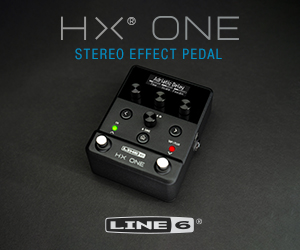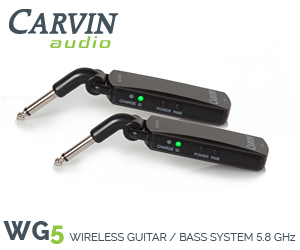Five Classic Stompboxes That Every Guitarist Should Own
trushack | Jul 29, 2014 | Comments 0
Now that you’ve gone out and added some must-have guitars to your collection, The Tone King is here to help you spice up your rig some of the effects that have set the standard for guitar effects design and tone today.
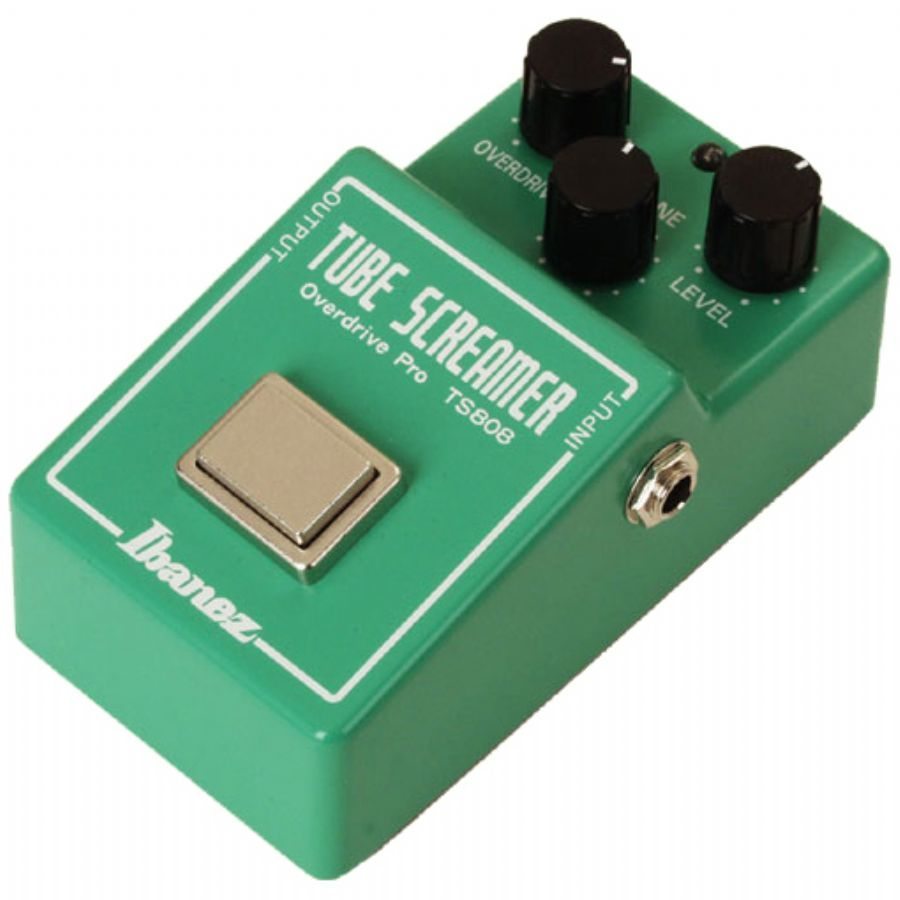 Ibanez Tube Screamer
Ibanez Tube Screamer
No doubt you saw this one coming. There may be no other pedal that has established itself so firmly as a tonal benchmark than the Ibanez Tube Screamer. The first Tube Screamer model, the TS-808 emerged in the late 1970s, when solid state amplifiers became more prominent in the gear market. While players enjoyed the reliability offered by solid state amplifier designs, they missed the juicy, rich drive that a set of pushed power tubes produced. Thus, they began to seek out ways to bring back those old time rock ‘n roll tones. The Tube Screamer became the answer for many players.
And it still is. Widely known as a key ingredient behind Stevie Ray Vaughn’s iconic Stratocaster sound, the sweet midrange characteristic and smooth breakup of the TS design has found it’s way into the rigs of players as varied as Brad Paisley, Mike McCready (Pearl Jam), Michael Padget (Bullet For My Valentine), Adrian Smith (Iron Maiden) and Kenny Wayne Shephard. [1]
Many boutique builders use the TS as a basis for their own designs and the mods available for the pedal are numerous. Ibanez itself offers several versions of the Tube Screamer and Maxon, the company that built early versions of the Tube Screamer also offers a number of ways to grab some of that vibrant green magic. The Tone King has extensively covered the Tube Screamer and it’s various incarnations, making kit easy for you to find the TS flavor that suits your style and personality the best. (links to [2] and [3] here)
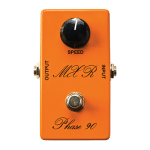 MXR Phase 90
MXR Phase 90
With the MXR Phase 90, all you need is speed. A single speed control, that is. The first pedal produced by MXR, the Phase 90’s small footprint, simple operation, warm, shimmery tone and indestructible construction is credited with helping popularize the effect in 1970s.
David Gilmour of Pink Floyd was an early convert, implementing the pedal into his setup around 1974, not long after it hit the market. But for many rock guitar players, Eddie Van Halen’s use of the Phase 90 to give extra lift to his already high-flying solos was the major introduction to this indispensable pedal. With the speed slow, the gradual swoop gave texture to Eddie’s melodic runs while providing what he referred to as a “treble boost” that helped his guitar solo punch through the mix [4].
MXR offers several variations of this classic, from a dead-nuts recreation of the original Phase 90 that came out in 1974, a modern version with slightly brighter sweep, an EVH signature model that allows the player to choose between the modern and vintage tonal signatures and the mind-blowing Phase 99, which stacks two Phase 90s together in one box, with independent routing and rate controls [5].
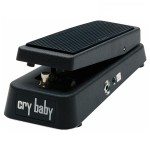 Dunlop Crybaby
Dunlop Crybaby
The Crybaby name has been around since the 1960s, and there’s probably no other name so closely associated with the classic wah-wah effect than this one, despite a plethora of manufacturers offering their own take on this classic pedal.
The wah-wah pedal, like many great things, was arrived at mostly by accident. Back in the 1960s, the Thomas Organ Company struck a deal with British amplification powerhouse Vox to build and distribute Vox-branded amplifiers to the U.S. market. One day, Thomas Organ engineer Brad Plunkett was attempting to adapt a unique tone switch Vox was using on some of it’s British-made amplifiers to Thomas Organ’s U.S. Vox designs. Instead of using a switch, like the original circuit, he used a potentiometer. When the pot was swept, the soon-to-be-classic vocal sweep emerged from the speakers. The circuit was eventually loaded into the chassis of a volume pedal and soon had the company abuzz with excitement. Someone at Thomas Organ described the sound being produced as that of a baby crying, and the Crybaby was born. Dunlop eventually acquired the original name and has been manufacturing a pedalboard staple ever since.
Dunlop has continued to offer innovative new Crybaby designs over the years, including the now-classic Crybaby 535 Multi-Wah, the Jerry Cantrell, Eddie Van Halen and Kirk Hammett signature wahs and a highly accurate recreation of the original signature wah, the CM95 Clyde McCoy.
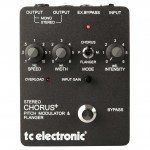 TC Electronic Stereo Chorus + Pitch Modulator & Flanger
TC Electronic Stereo Chorus + Pitch Modulator & Flanger
The popularity of chorus seems to ebb and flow, though it never really goes away. Closely associated with the highly detailed guitar tones born out of many 1980s studio sessions, chorusing also played a huge role in ’90s icon Kurt Cobain’s tone as well as Zakk Wylde’s grinding-yet-soulful rhythm and lead sounds.
One pedal that continues to excite among choral-philes is the T.C. Electronic Stereo Chorus + Pitch Modulator and Flanger. The T.C. SCF put rackmount-quality modulation on the boards of players everywhere and is still a strong seller today, a generation after it’s release. Eric Johnson, the man with ears so sensitive he can hear the difference in batteries (or so it’s been said) has used one in his rig alongside many classic effects for many years. John Petrucci has also used the famed modulator, and used it’s singing stereo sound as the basis for his signature TC Electronic Dreamscape pedal.
 Digitech Whammy
Digitech Whammy
Relatively speaking, the Digitech Whammy is the young buck of our classic rundown, but it’s certainly earned it’s way into club.
The Digitech Whammy was the first pedal to put multiple harmony, pitch-shifting and detuning effects into a compact, easy-to-use, treadle-based design. Also notable is how much appeal it’s garnered among a wide range of musical styles. Players as varied as Dimebag Darrell, Jack White, Johnny Greenwood from Radiohead, Tom Morello from Rage Against the Machine and even the late jazz great Jim Hall all utilized the massive pitch bending capabilities and smooth, natural sound of the Whammy to extraordinary effect.
Various versions and updates of the Whammy, including a Whammy specifically design for bass, have emerged over the years, each bringing a slightly different twist to this truly game-changing effect. [Whammy review news here?]
What Makes A “Classic Effect”?
You may have noticed a common thread among the effects we’ve just gone through: their wide appeal among many different types of players. And to be Captain Obvious for a moment, it’s probably fair to say that the main factor fueling that wide appeal is that these effects simply sound good. But what other factors do you, gentle TheToneKing.com reader, believe need to be present to put an effect on the path to greatness? Unique features? Robust construction? A role in creating classic songs or solos? Tell us in the comments below!
Tiny URL for this post:
About the Author:


















